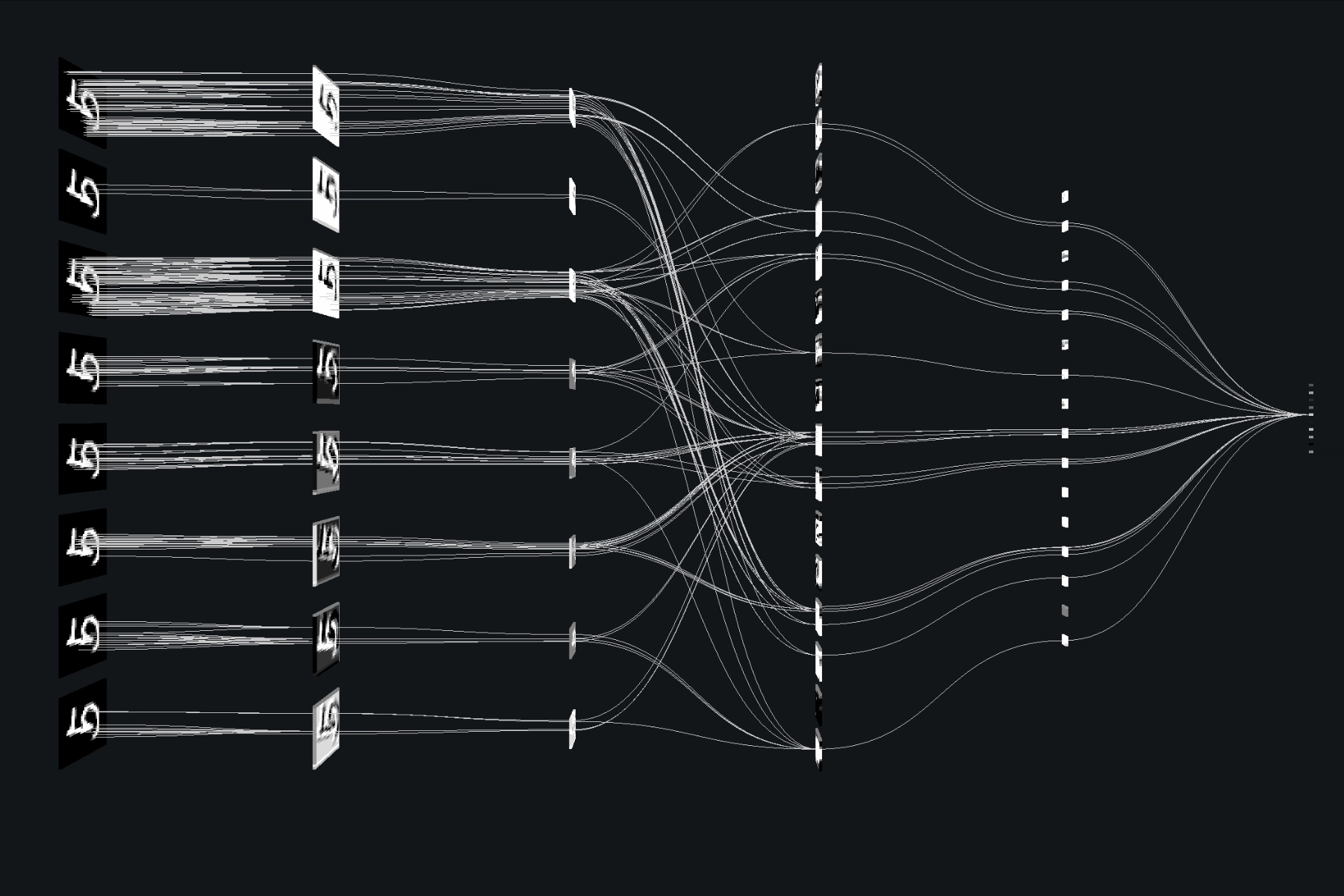The prevailing wisdom in AI circles has been that local models always play second fiddle to their cloud-based counterparts, too underpowered, too slow, too inaccurate for serious work. But something remarkable is happening in basements and home labs that’s turning that assumption on its head.

The Reality Check: Local Models Are Outperforming Giants
When a developer recently tested Qwen3-VL-8B-Instruct against high-resolution images scattered with words, the results were startling. The local model, running on consumer hardware, delivered perfect transcriptions with precise bounding boxes for all six words in a complex 4K image.
Compare that to the cloud offerings:
– Gemini 2.5 Pro: Hallucinated completely incorrect answers
– Claude Opus 4: Found only 3 of 6 words
– ChatGPT 5: Took five minutes to process the image and still got the bounding boxes wrong
As one developer quipped, “The 8B seems like the new no-brainer, especially at q8 or BF16.” The sentiment reflects a broader trend where specialized local models are outperforming general-purpose cloud offerings on specific tasks, particularly vision-language applications that require precise spatial understanding.
The Technical Breakthrough That Made This Possible
Qwen3-VL’s success isn’t accidental. The model introduces several architectural innovations that explain its surprising performance against much larger contemporaries. The Interleaved-MRoPE architecture enables full-frequency allocation across time, width, and height dimensions, enhancing long-horizon video reasoning capabilities. Meanwhile, DeepStack technology fuses multi-level ViT features to capture fine-grained details with unprecedented accuracy.
What’s especially notable is how these improvements translate to practical performance. The model demonstrates high accuracy for standard printed text, handwritten content, and even rare or ancient characters while maintaining robust performance under challenging conditions like low-light environments, blur, and perspective distortion.
Hardware Requirements: The Truth About Local Deployment
The hardware conversation around local LLMs often centers on extremes, either “you need a supercomputer” or “it runs on your smartphone.” The reality sits somewhere in between.
One user with a substantial home server (1.5TB RAM, 96GB VRAM, dual Xeon) reported that while local models still struggle with complex coding tasks compared to Claude Sonnet 4.5 Thinking, vision-language tasks are a different story. “For specialized applications like document analysis and OCR, local models are not just viable, they’re often superior”, they noted.
The emerging consensus suggests you don’t need bleeding-edge hardware for impressive results. Qwen3-VL’s smaller variants run efficiently on hardware that’s well within reach for serious developers and organizations. The key insight is that specialized models optimized for particular tasks can outperform their larger, more generalized cloud counterparts.
Real-World Applications Beyond OCR
The implications extend far beyond simple text recognition. Qwen3-VL-30B-A3B-Thinking demonstrates competitive performance across standard benchmarks for multimodal understanding, mathematical reasoning, and code generation. Its ability to generate functional HTML, CSS, and JavaScript code directly from visual inputs represents a paradigm shift in how developers might approach prototyping and rapid application development.

The model’s 32-language OCR support and robust performance across document types makes it particularly valuable for global organizations processing multilingual materials. The expanded language support ensures accessibility for cross-cultural applications and international document workflows.
Performance vs. Convenience: The New Trade-off
The conventional wisdom that cloud models always deliver superior performance is collapsing under the weight of real-world testing. While local models might not yet match cloud offerings for general coding tasks, they’re increasingly dominating specialized applications where privacy, latency, and cost matter.
One developer with extensive local setup experience noted, “I get working code in fewer iterations than ChatGPT with GLM4.6. I’m leaning toward GLM4.6 as my next main coder.” This sentiment reflects a growing recognition that local models aren’t just “good enough”, they’re becoming the preferred choice for specific workflow scenarios.
The Privacy and Cost Equation
Running models locally eliminates data privacy concerns that plague cloud-based AI services. For organizations handling sensitive documents, patient records, or proprietary information, the privacy benefits alone can justify the local deployment. When combined with dramatically lower operational costs compared to API-based cloud services, the business case becomes compelling.
As more organizations realize they can achieve superior accuracy on sensitive tasks without shipping data to third-party servers, we’re likely to see accelerated adoption of local models for compliance-heavy industries.
What This Means for AI Development
The implications extend beyond immediate practical applications. The success of specialized local models challenges the “bigger is better” mentality that has dominated AI development. We’re seeing that targeted architectures optimized for specific use cases can outperform larger, more generalized models while consuming dramatically fewer resources.
This trend towards specialization and efficiency suggests we’re entering a new phase of AI development, one where the most impressive capabilities might not come from the largest models, but from the most intelligently designed ones. The era of throwing compute at the problem and hoping for the best is giving way to more sophisticated, targeted approaches.
The Road Ahead
As local models continue to surprise with their capabilities, expect to see several developments:
- Increased specialization: Models optimized for particular industries and use cases
- Better quantization techniques: Making powerful models accessible on more hardware
- Improved tooling: Easier deployment and integration workflows
- Enterprise adoption: More organizations running specialized models on-premises
The gap between cloud and local performance continues to narrow, and in some cases, reverse entirely. For vision-language tasks specifically, local models aren’t just catching up, they’re setting new standards for what’s possible at the edge.
The revolution isn’t coming, it’s already running on hardware you might already own. The question is no longer whether local models can compete, but in which domains they’ve already pulled ahead.



